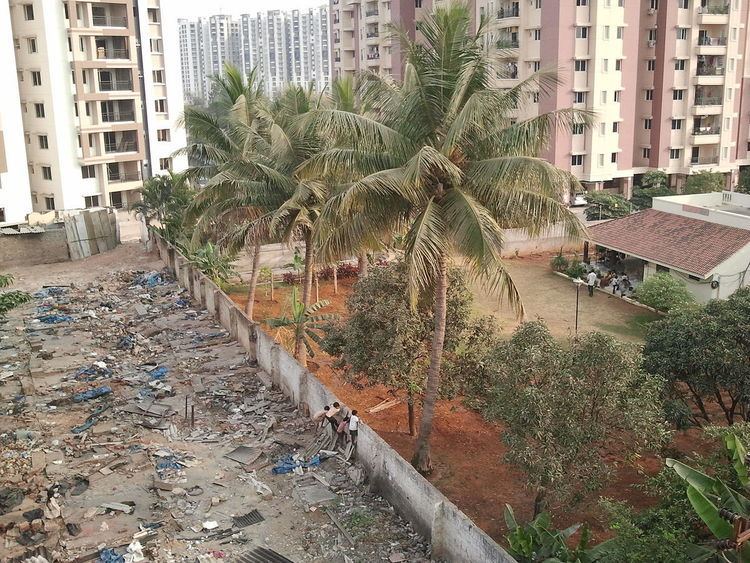 | ||
As of Nov 2016, India is the second-most unequal country in the world . The richest 1% of Indians own 58.4% of wealth. The richest 10 % of the Indians own 80.7 % of the wealth. This trend is going in the upward direction every year, which means the rich are getting richer and the poor are getting poorer
Contents
Income gaps
According to Thomas Piketty, there is a "huge" gap in data about income tax in India. Since the most of the population is out of income-tax database, most of the calculations (such as NSSO) is based on consumption-expenditure data instead of income data. According to the World Bank, the Gini coefficient in India was 0.339 in 2009. The Gini coefficient in India went up from 0.43 (1995–96) to 0.45 (2004–05). According to the 2015 World Wealth Report, India had 198,000 high net worth individuals (annual income over $1 million) with a combined wealth of $785 billion. In 2016, the International Monetary Fund in its regional economic outlook for Asia and Pacific said that India’s Gini coefficient rose to 0.51 in 2013 from 0.45 in 1990.
Causes
N. C. Saxena, a member of the National Advisory Council, suggested that the widening income disparity can be accounted for by India’s badly shaped agricultural and rural safety nets. “Unfortunately, agriculture is in a state of collapse. Per capita food production is going down. Rural infrastructure such as power, road transport facilities are in a poor state,” he said. “All the safety net programmes are not working at all, with rural job scheme and public distribution system performing far below their potential. This has added to the suffering of rural India while market forces are acting in favour of urban India, which is why it is progressing at a faster rate”.
Impact
The growing income inequality in India has negatively impacted poor citizens' access to education and healthcare. People working in unorganized sectors are the worst sufferers of economic inequality. They are characterized by low wages; long working hours; lack of basic services such as first aid, drinking water and sanitation.
Government and Income inequality
The citizens’ collective Wada Na Todo Abhiyan argues that the present BJP government in India, through their pro-corporate and anti-poor policies is allowing the stark income inequality to increase more than ever. While the government reduces fund for Education, Health and other services, they say that it gives enormous tax exemptions for the corporate billionaires.
